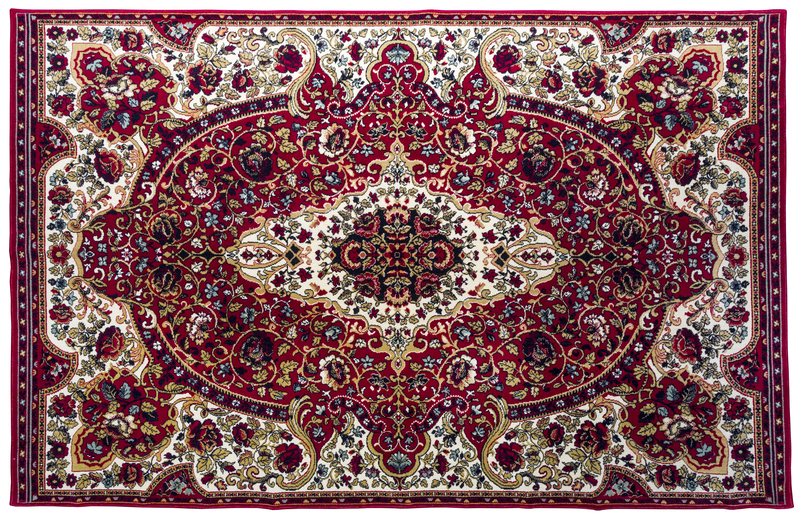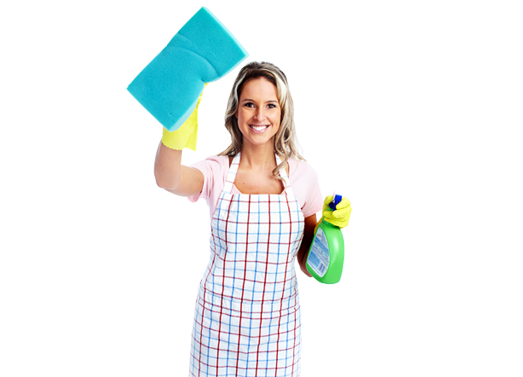Stain Removal from Upholstery Fabrics
Posted on 24/07/2024

Stain removal from upholstery fabrics can be a tricky task. Upholstery is used to cover furniture and give them an elegant look. But when it comes to stain removal, it can be quite challenging, as depending on the fabric, it may have a different reaction with different stain removal products. It is important to take into consideration what type of fabric is used and how the stains should be removed, so as not to damage the fabric itself or make the stain worse. This article will provide some helpful tips for removing various types of stains from upholstery fabrics.
Choosing the Right Stain Remover
Before using any stain remover, it is important to check the label for instructions on how to use it on your particular type of upholstery fabric. It is also important to identify what kind of stain you are dealing with in order to choose the right type of remover. For example, some common types of stains include oil and grease stains, food and beverage stains, ink stains, and pet stains. The most effective way for removing these types of stains from upholstery fabrics is by using a cleaning solution specifically designed for this purpose.
Types of Cleaners
There are many different types of cleaners available on the market specifically designed for removing stains from upholstery fabrics. Some popular solutions include solvent-based cleaners, enzyme-based cleaners, enzyme-activated cleaners, and bleach-based cleaners. Solvent-based cleaners are effective on oil and grease stains, while enzyme-based and enzyme-activated cleaners are good for food and beverage stains. Bleach-based cleaners are best reserved for removing tough organic stains like pet urine or vomit.
Cleaning Process
Once you have chosen the right cleaning product for your particular type of stain, it's time to begin the cleaning process. Before doing any cleaning, check that there are no signs of color fading on the fabric before you start - if there is fading present already then you should avoid any harsher methods like using a bleach based cleaner as this could risk further damage to your upholstery fabric. If you are in doubt about which cleaner will work best then it's always best to test out a small area first before applying to a larger area.
Start by lightly spraying the spot with the cleaning agent and then use a soft cloth (preferably white) that has been dampened with warm water to blot at the spot gently lifting away any remaining residue or dirt from the surface of the fabric - never rub or scrub at this stage as doing so risks damaging or discoloring your upholstery fabric permanently. Repeat this blotting action until all residue has been removed from the surface oof your upholstery fabric and then carefully rinse with clean warm water until no traces of detergent remain. Allow your upholstery fabric to air dry naturally away from direct sunlight or sources of heat away from furniture - direct heat can cause shrinkage especially in delicate natural fibers like cotton or linen so it's important to avoid direct heat sources if possible when drying fabrics naturally outdoors in summertime months.
For Deeper Stains
If you find that your upholstery fabrics are still stained after following this procedure then you may need to consider using harsher cleaning methods such as steam cleaning, dry cleaning solutions or commercial grade stain removers that are formulated specifically for removing stubborn spots from delicate fabrics such as silk or velvet - always check labels carefully before applying any such solutions directly onto delicate fabrics as they may contain harsh chemicals that can cause permanent damage if used incorrectly.
Conclusion
Stain removal from upholstery fabrics can be tricky but with proper care and attention plus choosing the right stain removal product tailored specifically for your particular type of fabric it doesn't have to be too difficult! Just remember; always test small areas first before applying any harsh chemicals directly onto larger surfaces; use blotting actions rather than rubbing or scrubbing motions; rinse thoroughly after each application; let dry naturally away from direct sunlight & sources of heat; & if all else fails try steam cleaning or dry cleaning solutions formulated specifically for delicate fabrics! Good luck & happy cleaning!




